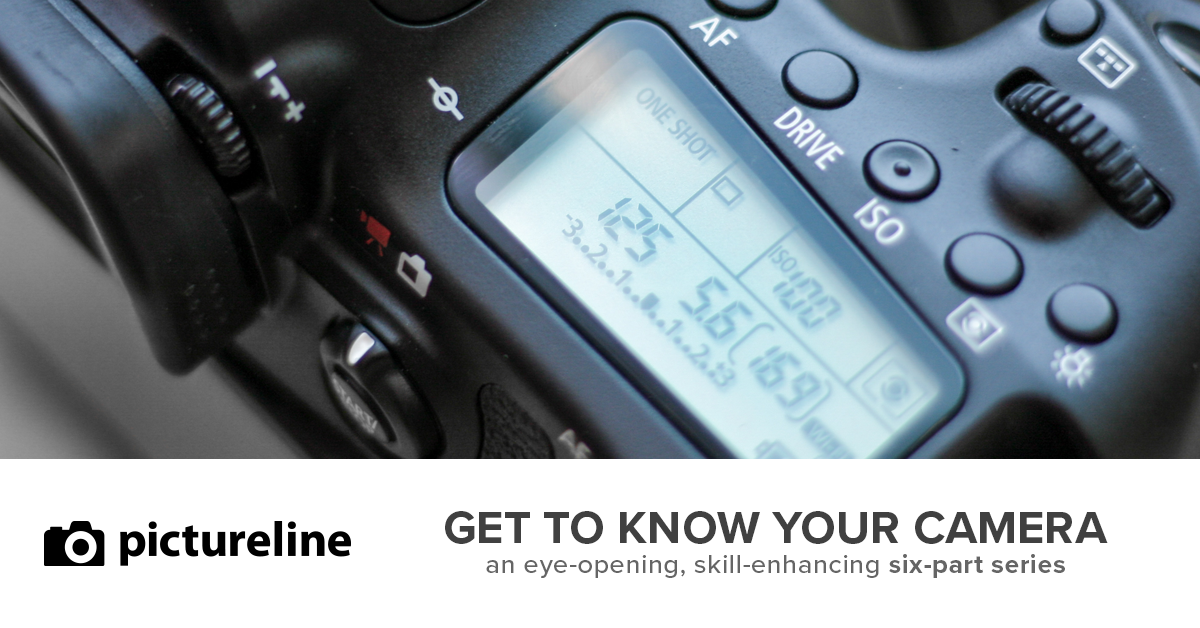
 Wednesday
WednesdayJanuary 13th
 6:30 p.m. – 8:30 p.m.
6:30 p.m. – 8:30 p.m.
 Pictureline
Pictureline305 West 700 South
Salt Lake City, UT 84101
GET TO KNOW YOUR CAMERA
Have you ever purchased a DSLR camera and been completely overwhelmed by all of the buttons and menus? DSLRs have an endless number of amazing options and tools that can help you create beautiful, artistic photos. But without the technical skills of knowing how to use your DSLR—and just leaving it in auto while you're shooting instead—can be like having a really fancy car, but never going over 20mph.
In our GET TO KNOW YOUR CAMERA class, we want to show you how to go full-speed ahead and accelerate your creative talents. We will explore the camera inside and out so that you can be prepared to take your photography above and beyond as you use your camera in manual mode and learn about the exposure triangle. The camera's menu is crucial to know in order to reach your full potential as a photographer.
Must have a newer DSLR or Mirrorless Camera.
Class One: Wednesday, January 13th
Fundamentals of Photography
This class is a great introduction to photography as an art form, and a DSLR as your creative tool. But, to become the talented visionary we know you can be, you must first learn the essentials - shutter speed, aperture, and ISO.
You know that mysterious dial on top of your camera with all the letters, like M, P, or A? Maybe you've explored these settings, and maybe you haven't, but that is what this class is all about. Our focus for this session is to get you into Manual (M) mode and demystify all of the camera's settings, so that you can feel confident in knowing which one works best for you.
Shutter Speed
The Shutter controls the duration of time that the photo is being captured and is also the leading factor to motion blur. We will discuss which settings will work best with a variety of situations from blurring to freezing your action.
Aperture
The Aperture controls the amount of light and area of focus in a scene. We will talk about how to achieve soft focus backgrounds in portraits to sharp focus from corner to corner images in landscapes.
ISO
ISO determines how sensitive the sensor is to light. We will look at how the sensor's noise or grain changes from one setting to another. As well as, discuss how it can be helpful in dark and tricky lighting situations.
